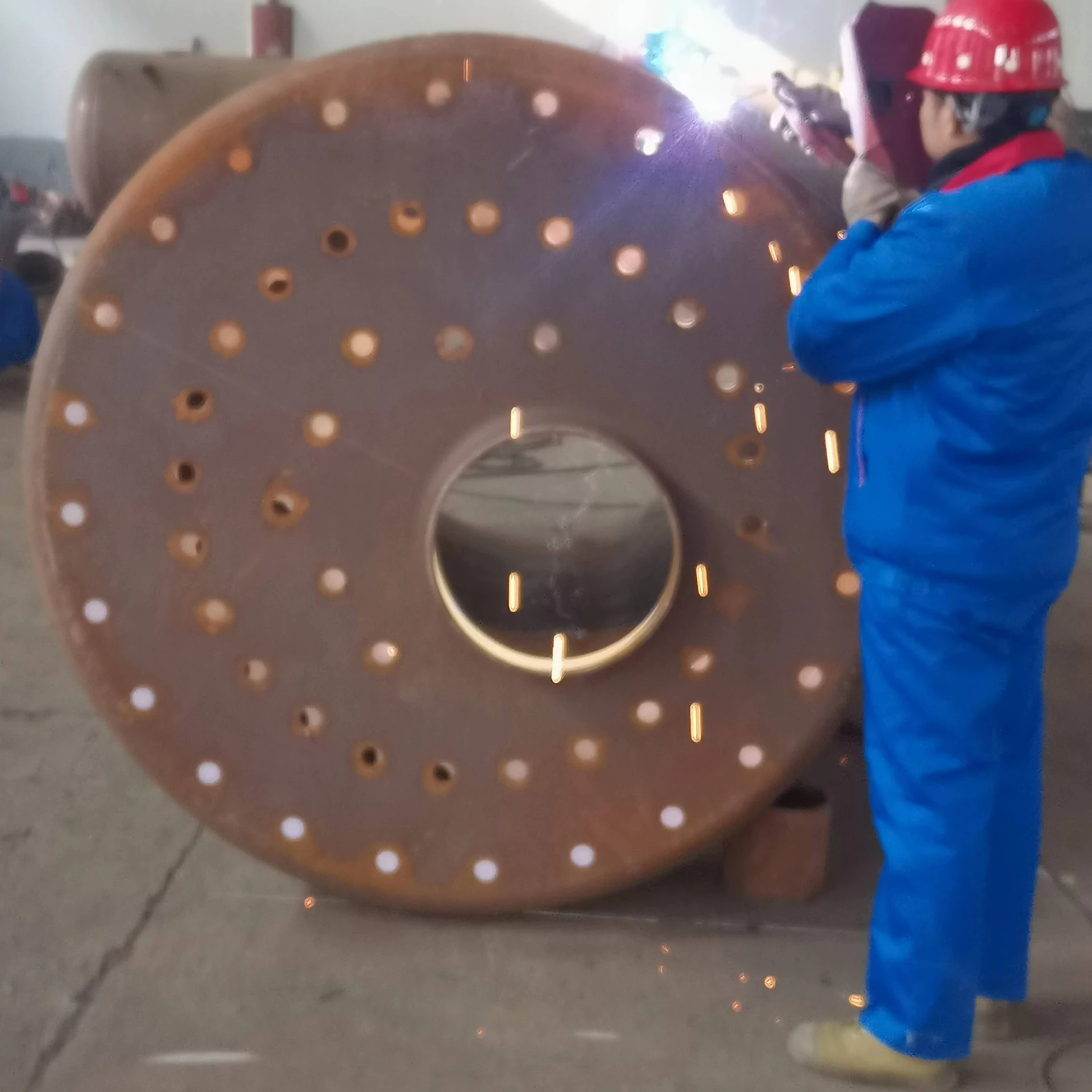
अक्ट . 02, 2024 02:20 Back to list
Guidelines for Installing Hot Water Boilers Effectively and Safely
Hot Water Boiler Installation A Comprehensive Guide
Installing a hot water boiler can be a significant investment for any homeowner or business. Not only does it provide essential heating and hot water, but it also ensures comfort during harsh winter months. Whether you're replacing an old unit or installing a new boiler, understanding the installation process is crucial for optimal performance and longevity.
Choosing the Right Boiler
Before diving into the installation process, it’s vital to choose the right type of hot water boiler for your needs. There are several types available, including
1. Combi Boilers These are compact and provide both heating and hot water on demand, making them perfect for smaller properties. 2. System Boilers Ideal for homes with a higher demand for hot water, system boilers require a separate hot water cylinder but not a cold water tank. 3. Regular Boilers Suitable for larger homes, these systems include a hot water cylinder and a cold water tank, ensuring ample hot water supply.
Once you’ve selected the appropriate boiler, you can proceed with the installation.
Pre-Installation Considerations
Before installation, ensure you have all necessary permits and adhere to local building codes. It is also crucial to have a clear plan for where the boiler will be installed. Consider factors such as
- Space Availability Ensure there's enough room for the boiler, maintenance access, and clearance requirements. - Location The boiler should be installed in a well-ventilated area, away from flammable materials. - Ventilation Proper ventilation is vital for the safe operation of the boiler, particularly if it's gas-fueled.
Installation Steps
hot water boiler installation

1. Preparation Start by turning off the existing system and draining the old boiler. Ensure all electrical and gas supplies are disconnected safely. 2. Positioning the New Boiler Place the new boiler in the designated area. Ensure it’s level and securely fitted to the wall or floor, depending on the model.
3. Piping and Connections Connect the water supply lines to the new boiler. Ensure all joints are secure to prevent leaks. For gas boilers, ensure that gas lines are correctly connected and leak-proof.
4. Electrical Connections If the boiler requires electrical power, connect it to the power supply following the manufacturer's guidelines. It’s advisable to hire a licensed electrician for this step to ensure safety compliance.
5. Ventilation Setup Properly install the venting system associated with the boiler to allow for the safe expulsion of gases and proper airflow.
6. System Testing Once everything is connected, turn on the water supply and check for leaks. After ensuring there are no issues, power on the boiler and monitor it for proper functioning.
Final Checks and Maintenance
After installation, it's essential to conduct regular maintenance to prolong your boiler's lifespan and maintain efficiency. Schedule annual inspections to check the system for any signs of wear and tear. Regularly cleaning filters and ensuring that vent pipes are clear will also help maintain the system's performance.
Conclusion
Installing a hot water boiler can enhance comfort and efficiency in any home or business. By choosing the right model and following proper installation procedures, you can enjoy a reliable hot water supply year after year. Remember that professional help is always available if you’re unsure about any step in the process, ensuring that your system operates safely and efficiently.
-
How to Maintain a Steam Boiler Expert Tips for Efficiency & Longevity
NewsApr.29,2025
-
Professional Steam Boiler Service AB Expert Maintenance & Repair
NewsApr.29,2025
-
Hot Water Steam Boilers Efficient Heating Solutions & Expert Tips
NewsApr.29,2025
-
Hot Water Boiler Capacity Calculation Guide Efficient Design Tips
NewsApr.28,2025
-
How to Drain a Steam Boiler Step-by-Step Safety Guide
NewsApr.28,2025
-
How to Install a Hot Water Boiler Optimal Pressure & Efficiency Guide
NewsApr.28,2025
Related PRODUCTS






















